Is ‘Sidecountry’ a Four-Letter Word?
A team of Avalanche experts define the word, and discuss how to deal with the phenomena. Do we attempt to stop the sidecountry locomotive, or shape the definition and attempt to harness its power?
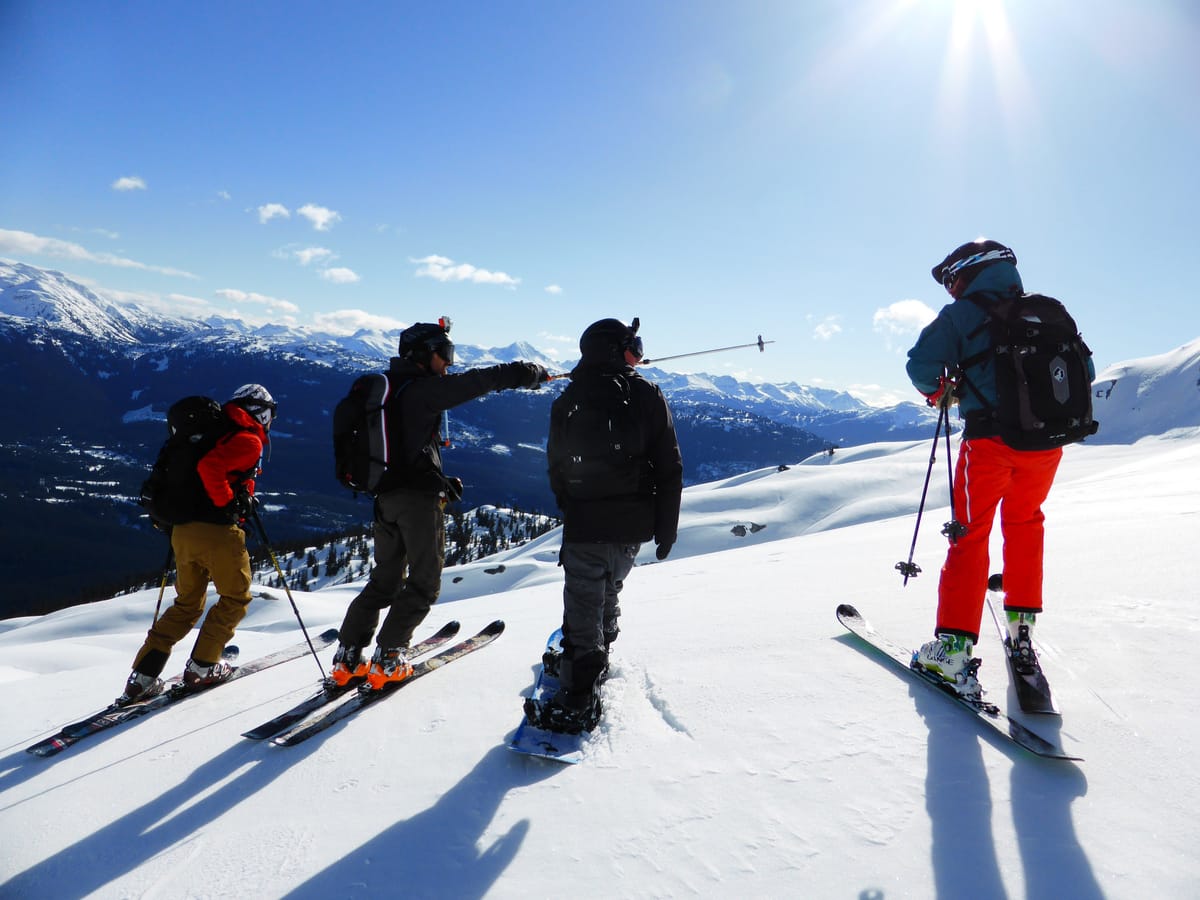
This article originally appeared in The Avalanche Review, a trade and scientific journal serving the American Avalanche Association Membership. It was written by Scott Savage, Simon Trautman, Ethan Greene, and Doug Chabot.
Riding in the sidecountry is fun, and it is marketable. Google ‘sidecountry’ and you get 438,000 search results. As more people recreate in the sidecountry, ski areas promote it, equipment manufacturers capitalize on it, riders benefit through new technology and increased availability, the media eats it up, more people want the experience and WHAM! - we are lost somewhere in a very successful feedback loop. Ski area avalanche professionals and backcountry avalanche forecasters, however, are scratching their heads about how to deal with the phenomena; do we attempt to stop the sidecountry locomotive in its tracks or do we embrace the term, shape the definition to benefit our mission, and attempt to harness its branding power to educate the various user groups that recreate in terrain adjacent to ski areas?
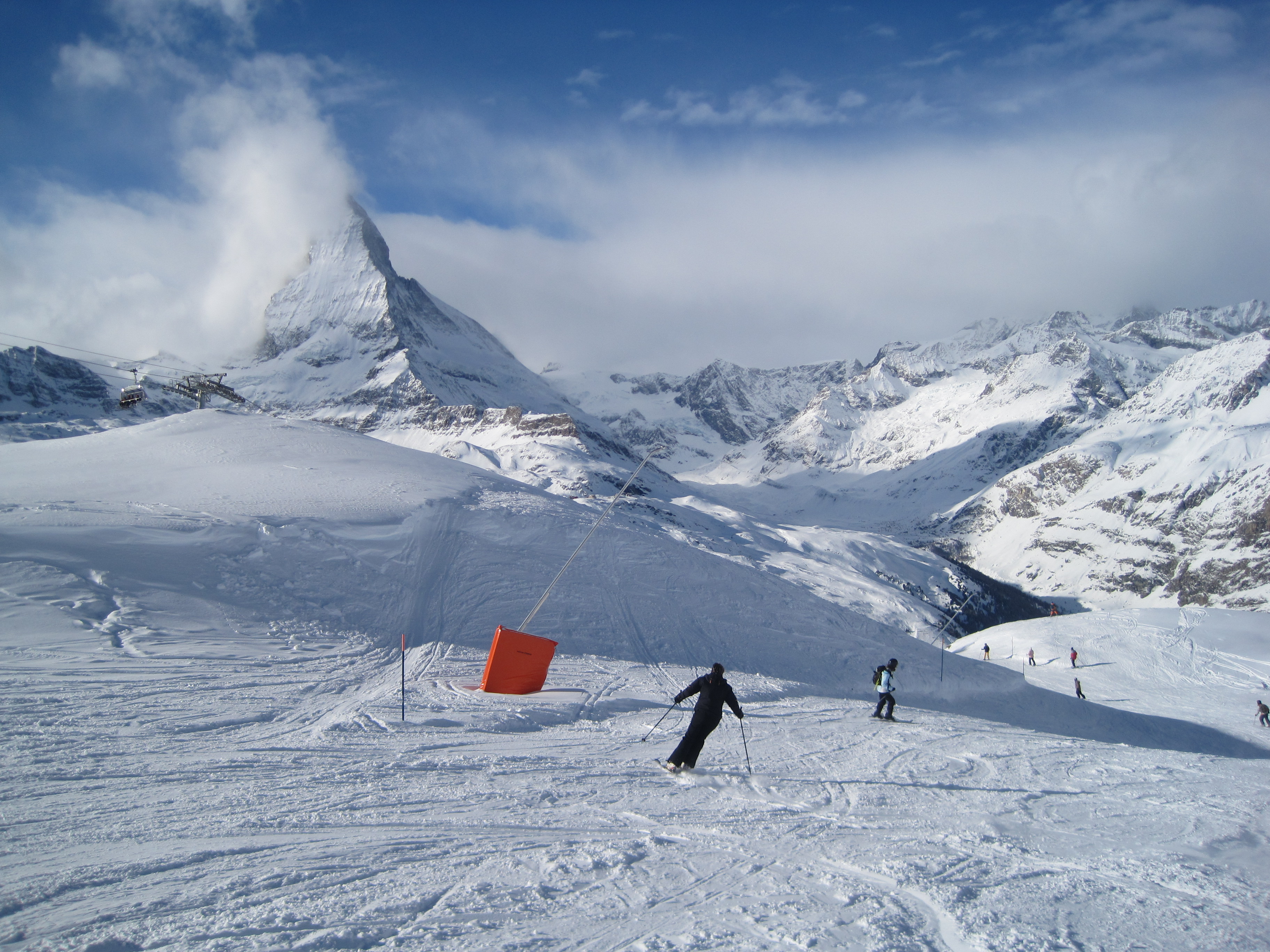
Currently, defining sidecountry is similar to defining pornography; people disagree on a formal definition but you know it when you see it. In our opinion, sidecountry is very useful term for describing a certain combination of human behavior and geography. It is intuitive because most people understand that sidecountry refers to the terrain adjacent to ski area boundaries. This terrain is easily accessed, easily “lapped”, and in many cases highly visible. Observing this reality and thinking about the term in a geographical and behavioral sense is important because it showcases the idea that sidecountry terrain is used differently than backcountry terrain, and as such, suggests that sidecountry users may have different needs than those traditionally addressed in avalanche education. We believe that using the term benefits avalanche professionals by allowing them to relate to audiences and be succinct when speaking, writing, or educating on sidecountry topics.
“Sidecountry is backcountry”
“Sidecountry is backcountry” is a recently coined phrase that is also highly descriptive and accurate regarding particular aspects of sidecountry. Sidecountry avalanche rescue is effectively a backcountry rescue – regardless of the proximity to a ski area, organized rescue may not arrive in time. Since ski areas do not perform avalanche hazard mitigation work in sidecountry terrain, the phrase is probably an effective tool to communicate avalanche danger, especially to novice and casual sidecountry users. “Sidecountry is backcountry” is a simple message that is easy to understand. There is power in this: power to educate, power to simplify, power to feel that one is addressing the problem. Unfortunately, we are not dealing with a simple problem or a singular, simple user group.
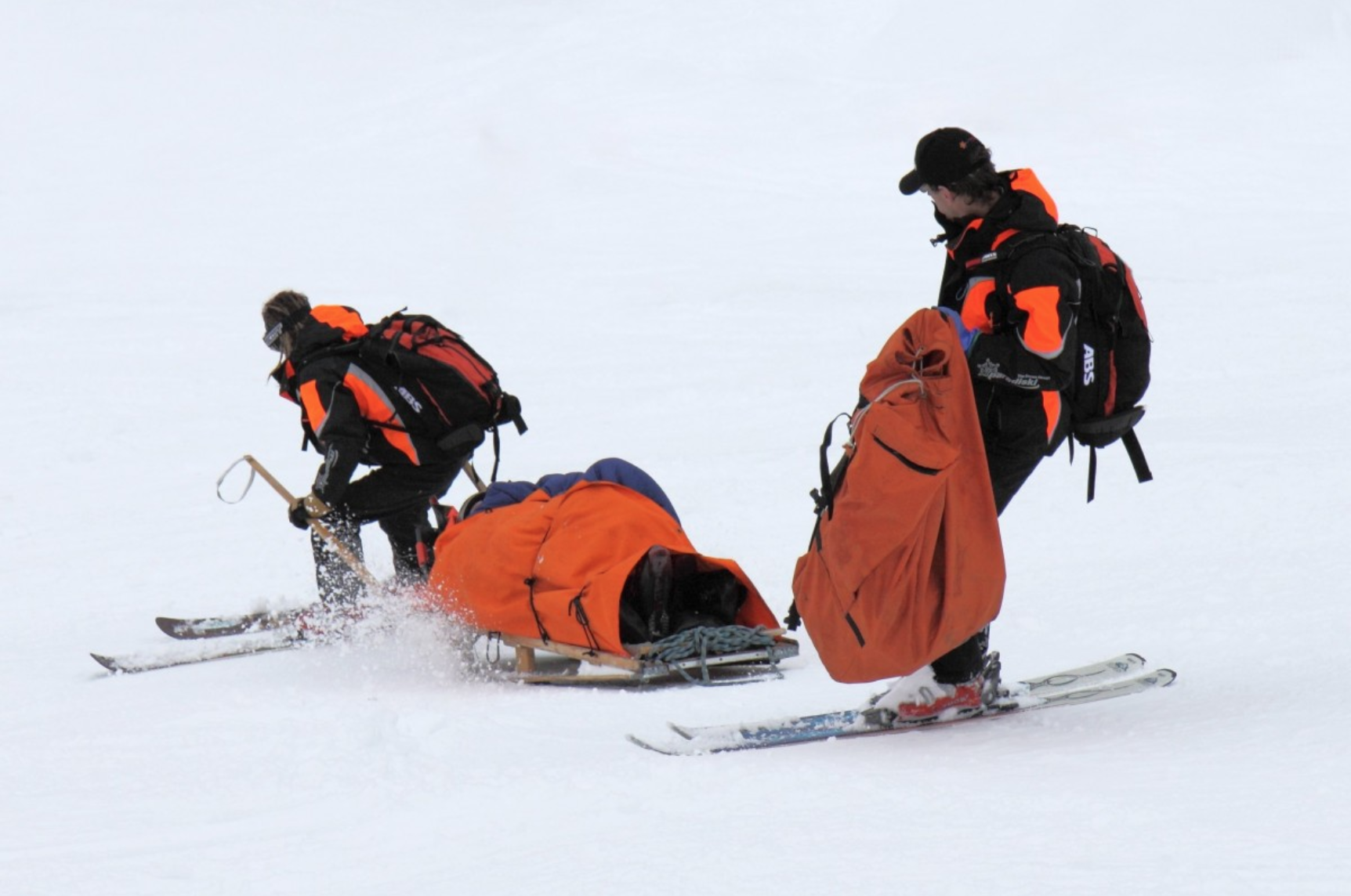
Novice, casual, and experienced sidecountry users have different levels of expertise, attitudes, decision-making techniques, and educational needs. In addition, novice and casual users are highly influenced by experienced users. A cursory look at recent sidecountry accident and near-miss reports reveals that experienced sidecountry users appear to be involved more frequently than the less experienced individuals. The experienced group generally visits the same sidecountry terrain frequently enough to become familiar with terrain features, may actively manage or mitigate avalanche hazard (slope cuts, cornice drops, etc.), and at times may have more intimate knowledge of the slope-scale snowpack structure and stability than local avalanche professionals. Most importantly, an “I’m going there because it’s there and I want to ski” attitude seems to be common; experienced users access the terrain and then decide whether to mitigate or avoid hazard or just forge ahead. Will telling these more risk tolerant individuals that “sidecountry is backcountry” reduce their risk? Will it help us communicate with them? Sidecountry may be the same as backcountry in some ways, but routine sidecountry users and backcountry users are disparate user groups.
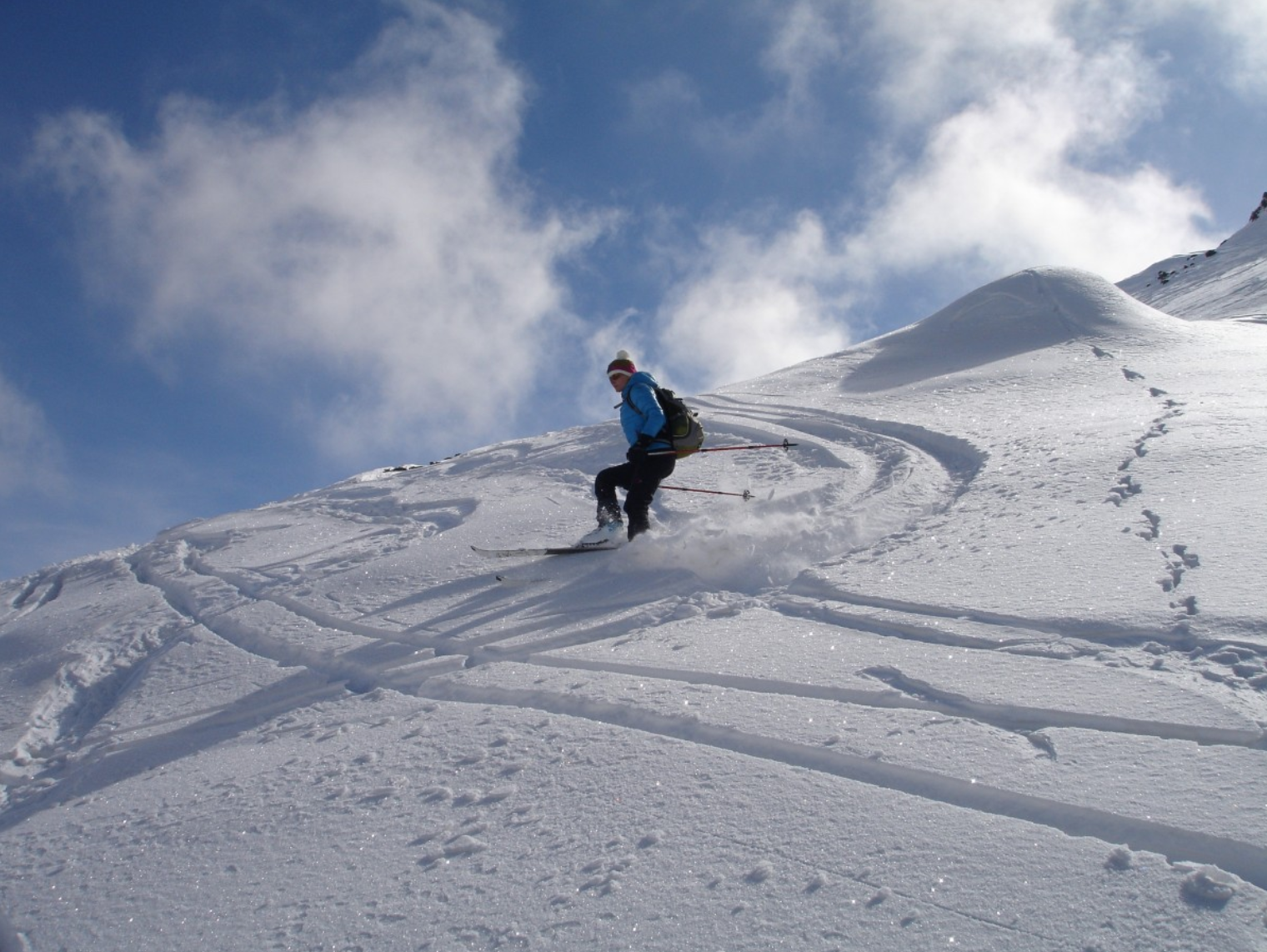
Skilled, experienced professional avalanche educators can create effective sidecountry-specific educational programs and presentations. As we have learned while reaching out to snowmobilers, relevancy is everything. Just as force-feeding traditional avalanche education to someone who never gets off their sled is ineffective, so too is drawing a “backcountry box” around someone who skis out-of-bounds 50 days a year, but rarely or never uses skins or established backcountry stability evaluation and decision-making techniques. Sidecountry is a growth market for snow sports equipment and clothing manufacturers, and these companies may be interested in supporting educational and outreach efforts to sidecountry users (their customers). Instead of abandoning or over-simplifying the term, maybe the ski and avalanche community would be well served to take advantage of the strong, established sidecountry brand by partnering with the media and outdoor gear retail industry to accomplish the following:
- Define sidecountry as the unique geographical and behavioral issue that it is, focusing on the specific dangers associated with sidecountry recreation
- Identify and define specific user groups
- Tailor, market, and promote user group specific educational programs
The term ‘sidecountry’ is descriptive, intuitive, and useful. We agree with the recent NSAA Journal Editorial “There’s No Such Thing as ‘Sidecountry’ ” that the avalanche and snowsports communities must better communicate that riders are on their own when they leave ski area boundaries. Our common goals are to educate the public on the inherent risk of avalanches outside that boundary and to help users reduce their risk in this terrain. In our opinion, we can enhance communication by acknowledging the difference in behavior and risk tolerance between user groups, by identifying and targeting the needs of those groups, and by partnering with those that have the marketing and promotional power to deliver the message.
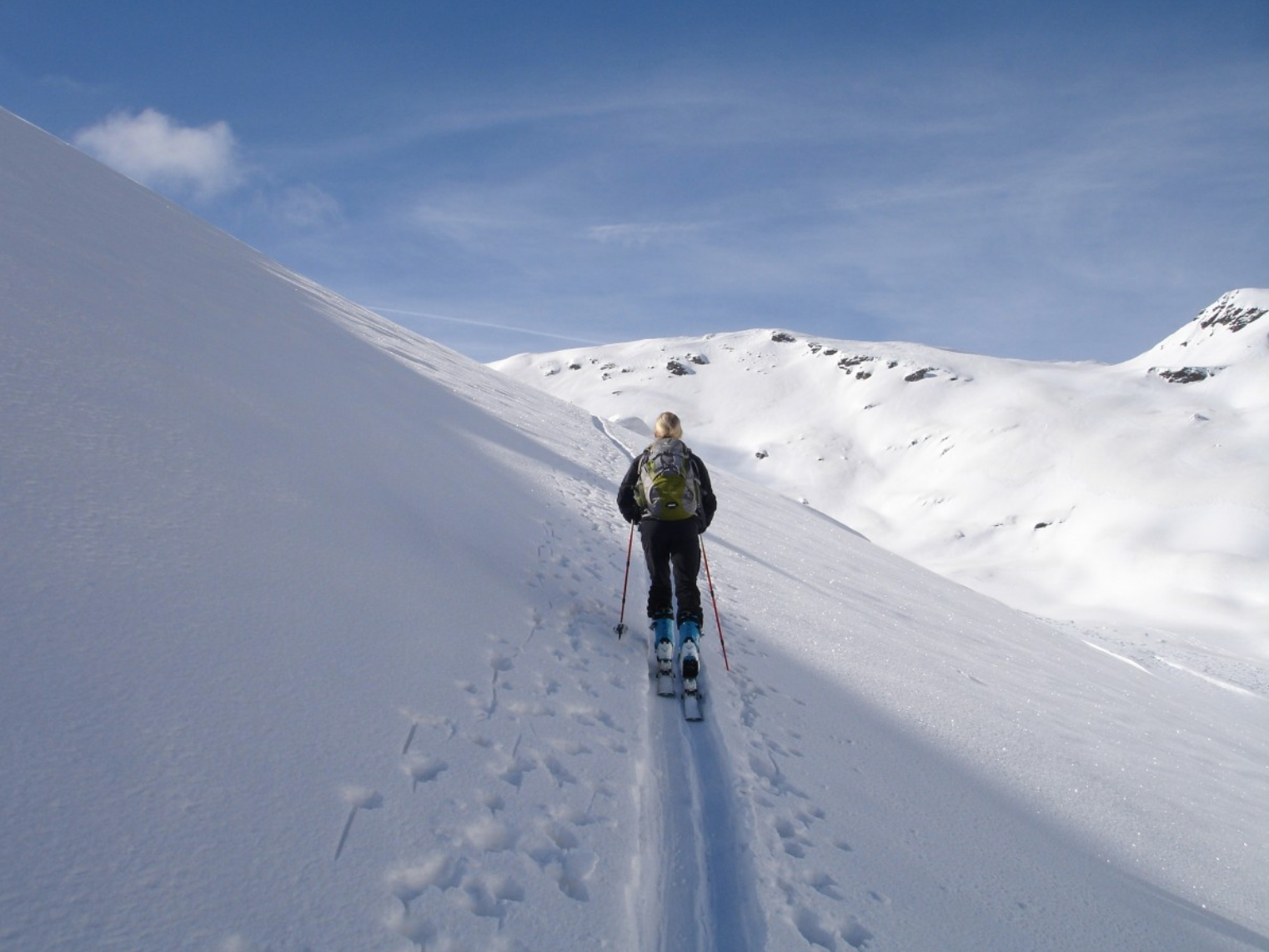





Comments ()